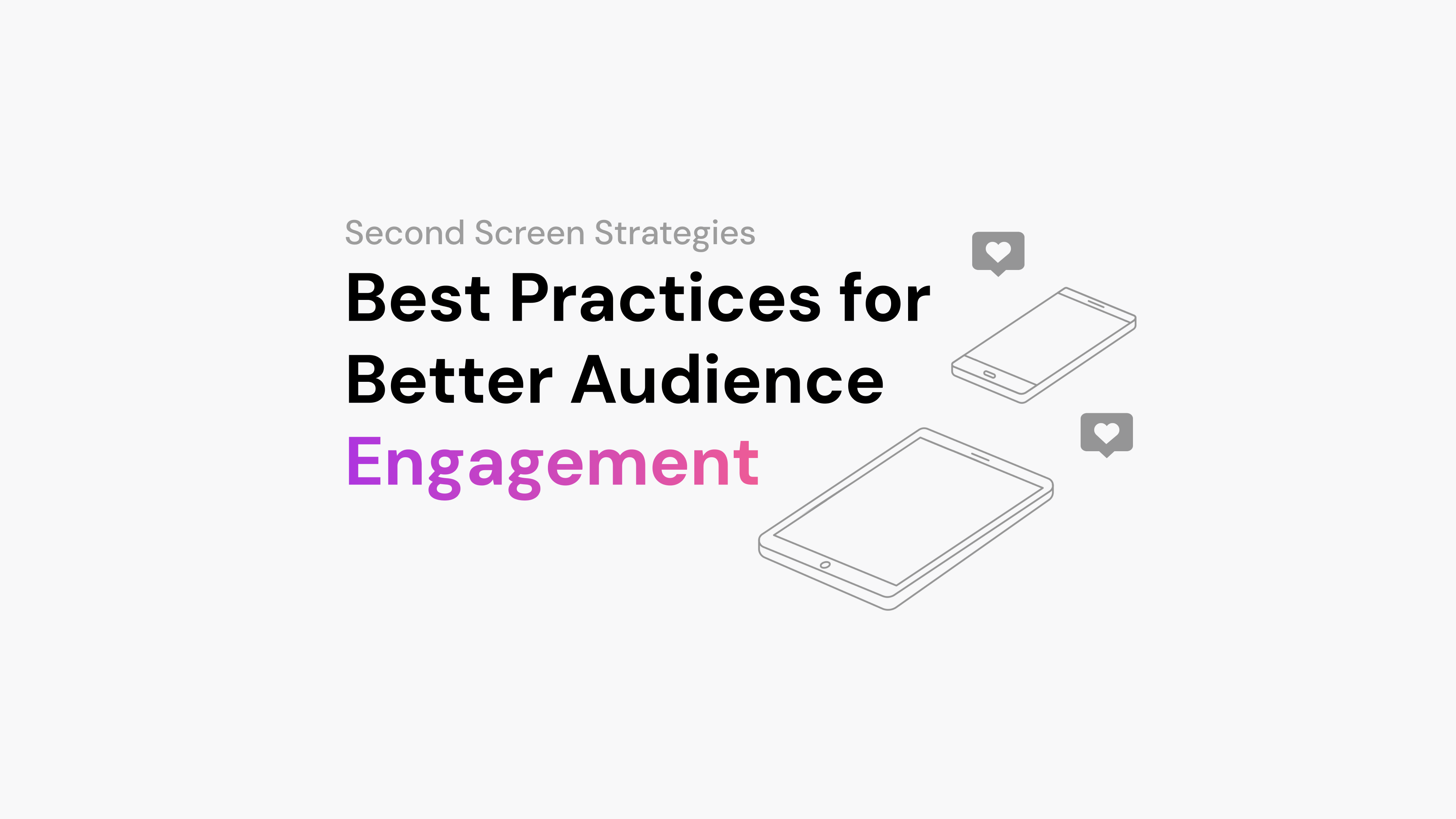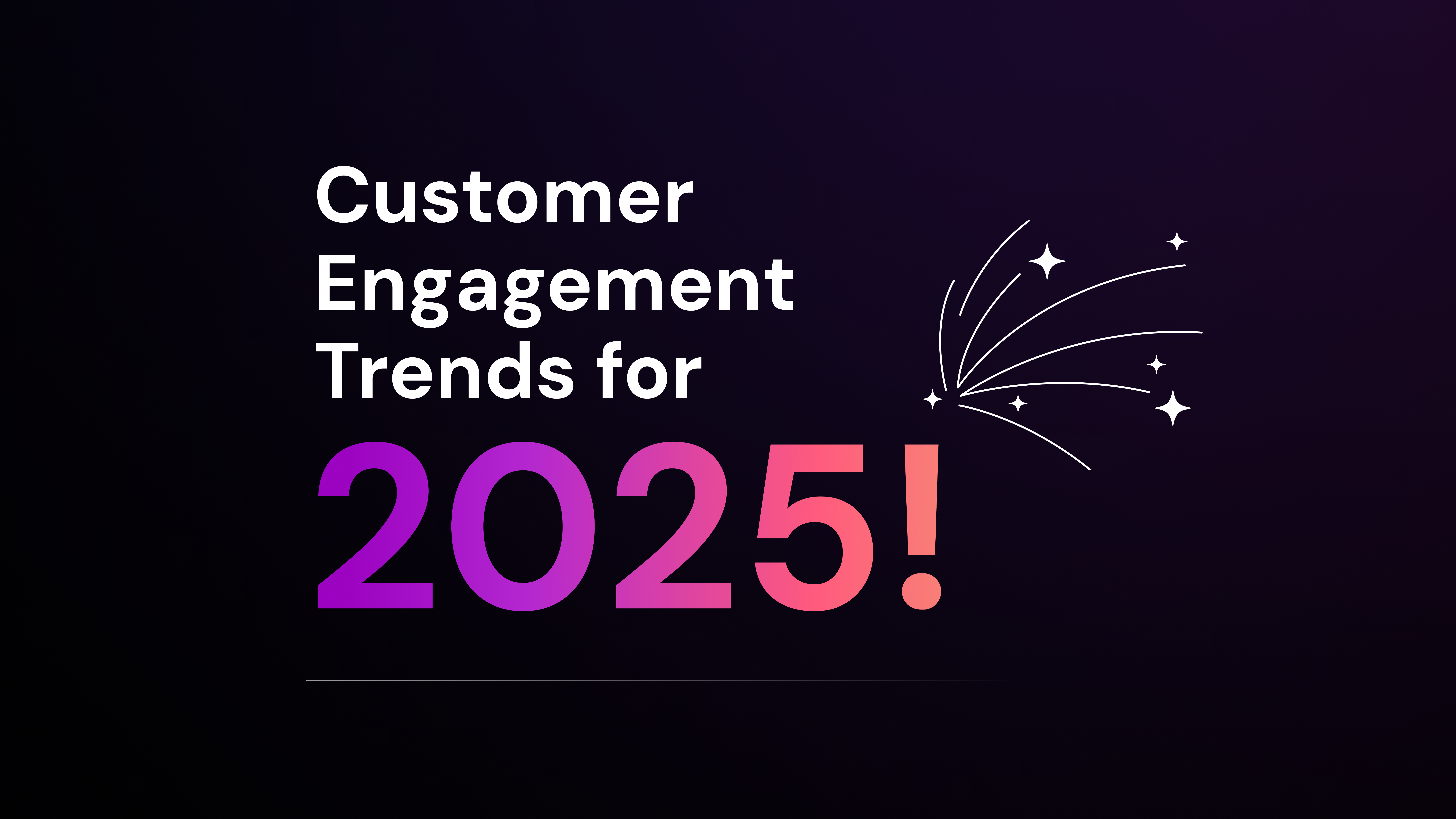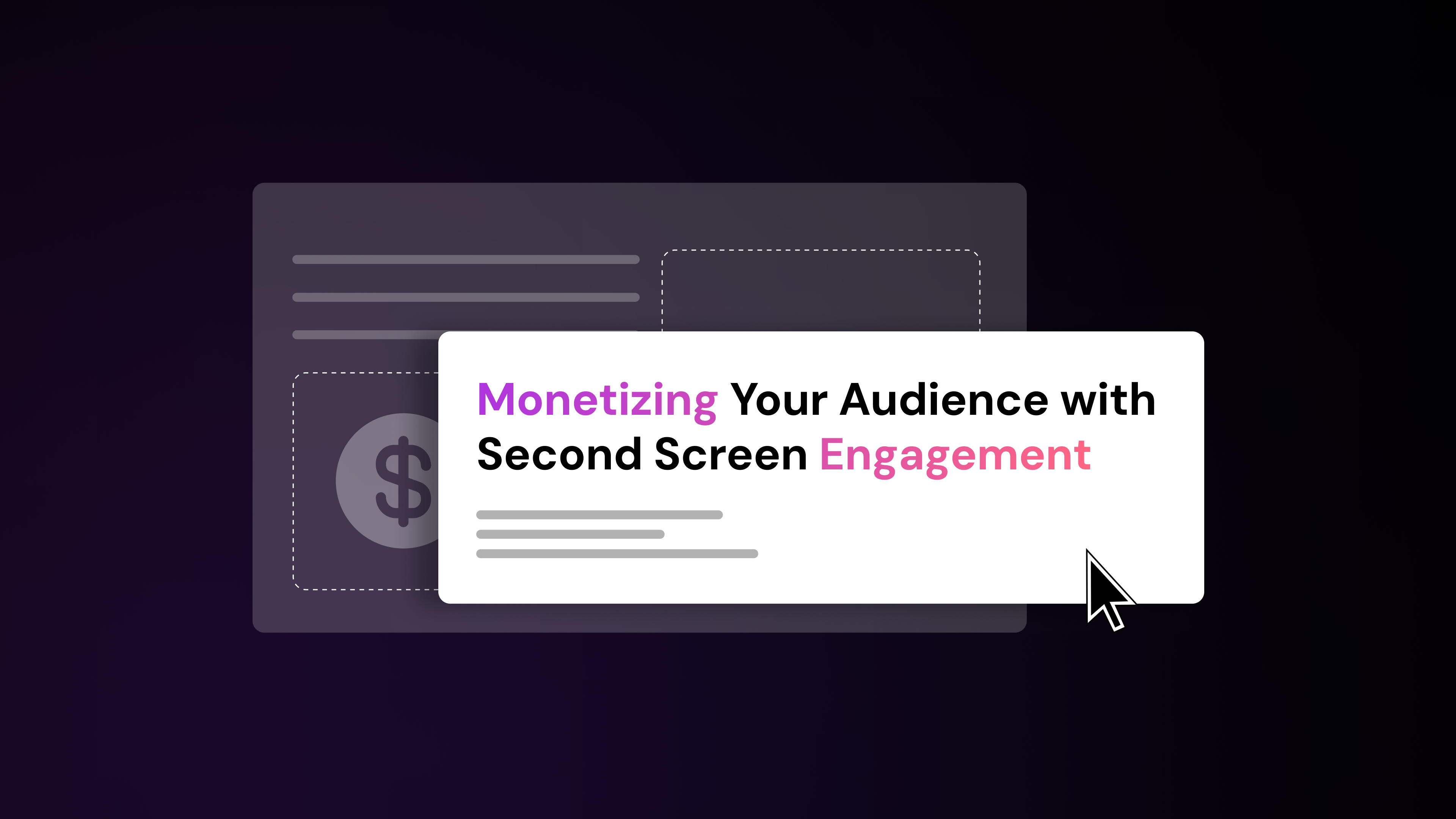Second screen strategies have become essential for engaging audiences across multiple devices. In an age where viewers constantly interact with multiple screens, understanding how to enhance their experiences and transform interactions is key. For digital marketing managers and community managers, mastering these strategies means shifting audiences from social media to proprietary platforms and driving deeper community engagement and growth.
In brief:
- Learn how second screen strategies enhance audience engagement and transform interactions.
- Discover best practices for offering exclusive content and interactive elements like polls and quizzes.
- Understand the importance of mobile optimization and real-time data in second screen campaigns.
- Explore ways to integrate social media and measure the effectiveness of your campaigns for better ROI.
What are Second Screen Strategies?
Second screen strategies involve using a smartphone or tablet alongside a primary screen like a TV. To fully grasp the impact, understanding second-screen experiences is essential. Over 80% of internet users engage in these activities while watching television. Second screens enhance the viewing experience by offering interactive elements and real-time information, as highlighted by Lemonlight. Staying updated on second screen strategy trends helps marketers leverage these opportunities effectively.
In digital marketing, second screen marketing strategies enable direct viewer engagement, personalize content, and create new interaction opportunities. For example, the Game of Thrones HBO GO app increased viewer engagement by 20% with exclusive content and interactive features.
Second Screen Content
Second screen content enhances the primary viewing experience by offering exclusive and complementary content and interactive elements like polls and quizzes.
Offering Exclusive and Complementary Content
Second screens enhance the experience by offering exclusive content like behind-the-scenes footage and extended storylines, often utilizing widgets to deliver this content. Understanding how to use widgets for engagement can maximize the impact of your second screen strategy. Examples include:
- “Game of Thrones” used second screen apps to provide deeper engagement through character information and map exploration.
- Complementary content like actor interviews or director’s commentary enhances the experience without overshadowing the main attraction.
- Sports networks offer real-time statistics and alternative camera angles to enrich the viewing experience.
Engaging with Interactive Elements: Polls, Quizzes, Games
Interactive elements keep viewers engaged beyond passive watching. Examples include:
- Polls, quizzes, and games make viewing more interactive.
- Real-time interactions, like live voting, create a community atmosphere. Implementing effective UX strategies in livestream chats can significantly enhance user engagement. Check out our UX tips for livestream chat success.
- The Coca-Cola Polar Bowl campaign used animated polar bears to react during the Super Bowl, doubling their live stream viewers.
- Award shows and reality TV programs also use these features to make audiences feel like part of the event.
Boosting Audience Engagement
Second screen strategies enhance audience engagement by turning passive viewing into interactive experiences. Real-time interactions create a community of engaged viewers who participate and discuss content. Social media platforms and live chat integrations let audiences share thoughts and engage in discussions, building a sense of community. For more strategies, explore our ultimate guide to audience engagement.
Interactive elements like polls, quizzes, and gamification improve user retention. Personalization ensures content remains relevant and compelling. Utilizing community tools can help to build loyal readership with community tools. Examples include:
- AMC’s “The Walking Dead” used its Story Sync app to offer real-time polls and exclusive content to increase viewer engagement.
- Toyota’s “Camry Effect” campaign increased interaction by allowing users to share experiences and participate in interactive storytelling.
Strategies for Mobile Optimization
Mobile optimization is important since smartphones are common second screen devices. Designing content with a mobile-first approach ensures it is easily viewable on smaller screens. Quick load times are vital, as viewers may lose interest if pages are slow.
Technical considerations are also important. Ensuring compatibility across devices and platforms through thorough testing guarantees smooth functionality. Investing in robust infrastructure is necessary to handle traffic spikes during live events. Using push notifications or audio cues strategically can enhance engagement without being intrusive. To maximize the impact of push notifications, it’s important to analyze push notification effectiveness and adjust strategies accordingly.
Measuring Campaign Effectiveness
Measuring campaign effectiveness requires the right methods and tools for real-time data.
Methods for Analysis
Key metrics include:
- Engagement rates
- Social media interactions
- Conversion rates
Additional methods:
- Retargeting audiences on mobile devices after a TV ad can boost conversion rates.
- A/B testing and eye-tracking technology offer insights into user behavior, allowing for more effective future content.
Tools for Real-Time Data
Real-time data is valuable. Analytics tools track campaign performance across screens and provide a comprehensive view of user interactions. Using such tools allows for informed decisions and continuous strategy refinement. By leveraging real-time audience monitoring, businesses can make informed decisions to enhance engagement.
Integrating Social Media
Integrating social media enhances audience engagement. Official hashtags serve as a hub for discussions and encourage real-time conversations. Platforms like X (formerly Twitter) facilitate live Q&A sessions that build community around content. Understanding the importance of building a media community is crucial for enhancing audience engagement through social media integration.
Social media platforms are ideal for distributing shareable content like memes and GIFs, which complement main content and extend its reach. User-generated content showcases authentic interactions and boosts engagement. To maximize engagement, it’s essential to integrate social media with community platforms, creating a seamless experience for users.
Connection with Marketing Goals
Integrating second screen strategies into broader marketing campaigns creates cohesive messaging. Harmonizing campaigns across screens amplifies brand stories and reinforces messages. Real-time data and insights personalize viewer experiences to increase engagement and conversions. For e-commerce businesses, offering personalized e-commerce experiences through second screens can significantly impact sales.
Social media integration extends TV advertising reach by engaging audiences on a personal level and fostering community interaction, strengthening the brand’s digital presence.
Using Real-Time Data
Real-time data enhances audience engagement through second screens.
Tailoring Viewer Experiences
Real-time data allows for personalized experiences by analyzing user behavior, preferences, and interactions. Platforms like Arena use AI to deliver personalized content recommendations that align with user interests, enhancing engagement rates and boosting sales through higher conversion rates and average order values. Implementing real-time audience monitoring allows businesses to tailor viewer experiences effectively.
Dynamic Content
Dynamic content that updates based on viewer interactions keeps audiences engaged. Implementing strategies like live blog strategies for event coverage can enhance real-time engagement during events. Initiatives like AMC’s “The Walking Dead Story Sync” use real-time polls and trivia. Analytics refine the second screen experience and open new interaction and monetization avenues.
Evaluating the Worth of Second Screen Strategies
Second screen strategies increase engagement rates and enhance audience interaction with content. They offer personalized experiences that lead to increased retention and engagement.
Enhanced engagement leads to higher retention, brand loyalty, and revenue opportunities. Synchronized content strengthens user loyalty, optimizes revenue streams, and opens new monetization opportunities.
Enhance Your Second Screen Strategy
Second screen strategies transform passive audiences into active participants and create richer, more engaging experiences. To transform businesses with second screen technology, it’s important to implement effective strategies that resonate with your audience. Ready to see the impact of an effective brand community on your bottom line?
Sign up now at Arena and start using our powerful features to boost engagement and retention. Join thousands of brands that trust Arena to turn visitors into loyal customers.



